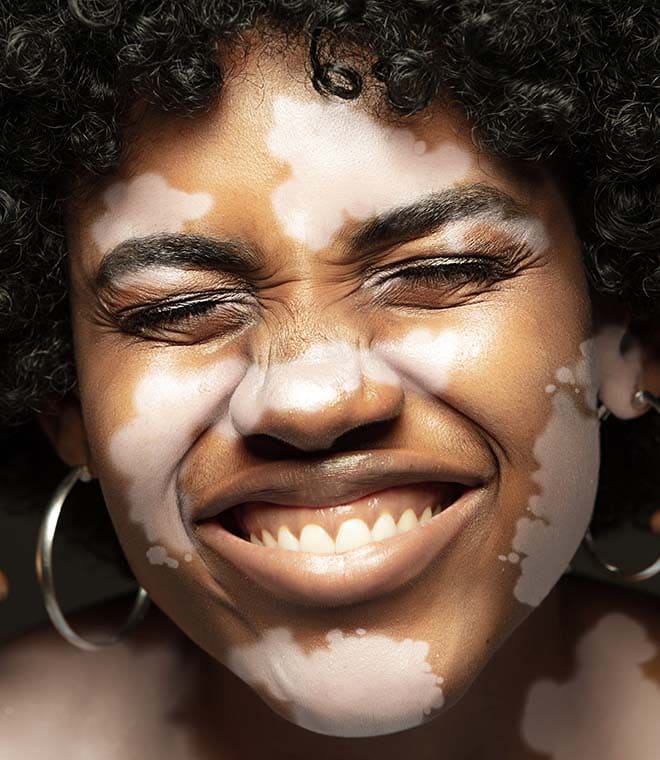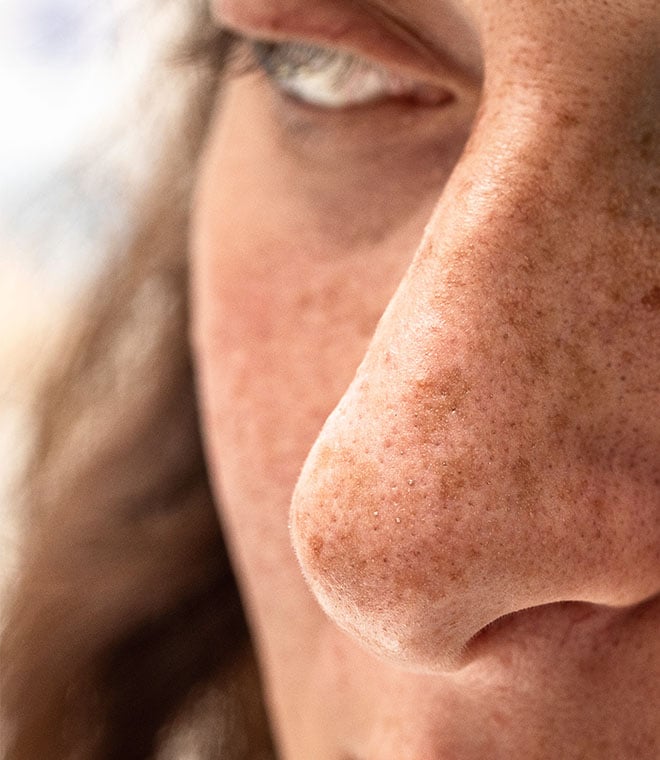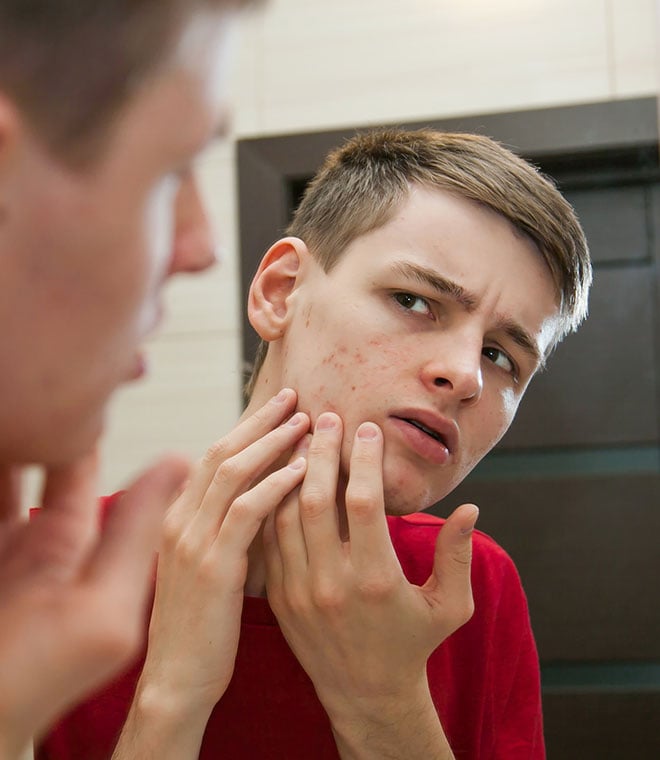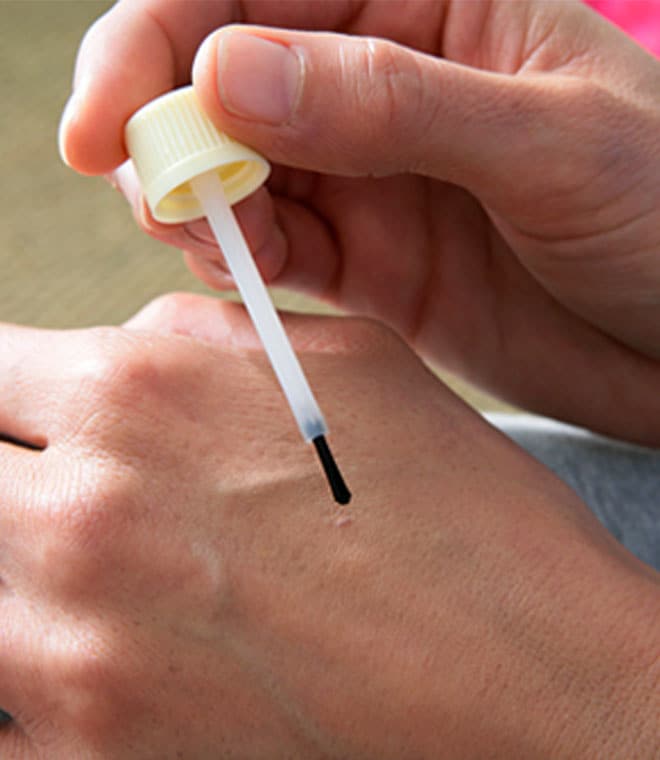Health
What are the different types of acne?
By Jenilee Matz, MPH Sep 12, 2023 • 3 min
Acne vulgaris, or acne, is a treatable condition that causes pimples to form on the skin. It is the most common skin condition in the U.S., affecting up to 50 million people each year. It mostly affects teenagers and young adults, but people of all ages can develop acne. Here, you’ll learn the answers to common questions about the different types of acne.
What causes acne?
When hair follicles or pores under the skin become clogged with oil, dead skin cells and possibly bacteria, blemishes can form. Acne most often shows up on the face, but it can also develop on the neck, chest, upper back, upper arms and other areas of the body.
What are blemishes?
Acne blemishes are pimples or zits on the skin. They can appear in the form of:
- Noninflammatory acne: occurs without skin redness and swelling. It includes:
- Blackheads
- Whiteheads
- Inflammatory acne: marked by redness and swelling. It includes:
- Papules
- Pustules
- Nodules
- Cysts
What causes blackheads?
Blackheads occur when pores fill with debris, but stay open.
What do blackheads look like?
Blackheads look like small black dots. Note that the black spots aren’t dirt, so do not try to scrub them off your skin. Doing so may only make blackheads worse.
What are whiteheads?
Whiteheads form when pores fill with debris and close up. They look like tiny white or flesh-colored bumps.
What are papules?
When debris pushes deeper into the skin, it can cause redness, swelling and small bumps. These blemishes are called papules. They may feel hard.
What are pustules?
Pustules are similar to papules. However, pustules contain a white or yellowish fluid called pus. It can sometimes be tricky to tell the difference between papules vs. pustules. If a blemish has a yellow- or white-colored tip, it’s likely a pustule.
What is nodular acne?
Nodular acne is large, painful and solid lumps that form under the skin.
What is cystic acne?
Acne cysts are painful, deep lesions under the skin that contain pus.
How can I get clear skin?
There are many treatments for acne, and often a combination of treatments is needed to clear skin. Don’t pick or squeeze blemishes. This can lead to infection and scarring. If you have mild acne, consider trying an over-the-counter (OTC) acne product. Note that it takes acne lesions eight weeks to form, so you should allow a treatment two to three months to work. If your acne is more moderate or severe, or if OTC products don’t help, see your dermatologist (skin care doctor). They may prescribe a medication or recommend other treatments for your skin.
Clinically reviewed and updated by Julie McDaniel, MSN, RN, CRNI September 2023.
Sources:
- https://www.aad.org/public/diseases/acne/diy/types-breakouts
- https://www.niams.nih.gov/health-topics/acne#tab-types
- https://www.uptodate.com/contents/acne-vulgaris-management-of-moderate-to-severe-acne?topicRef=42&source=see_link
- https://www.uptodate.com/contents/acne-beyond-the-basics
- https://www.aad.org/media/stats-numbers
- https://www.mayoclinic.org/diseases-conditions/acne/symptoms-causes/syc-20368047
- https://www.hopkinsmedicine.org/health/conditions-and-diseases/acne
- https://my.clevelandclinic.org/health/diseases/22765-inflammatory-acne



